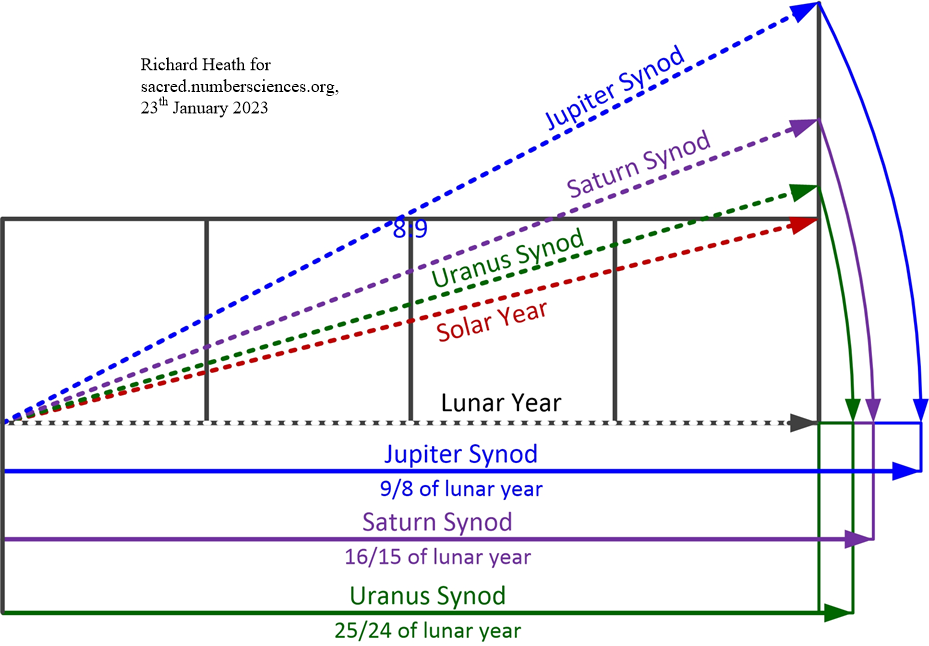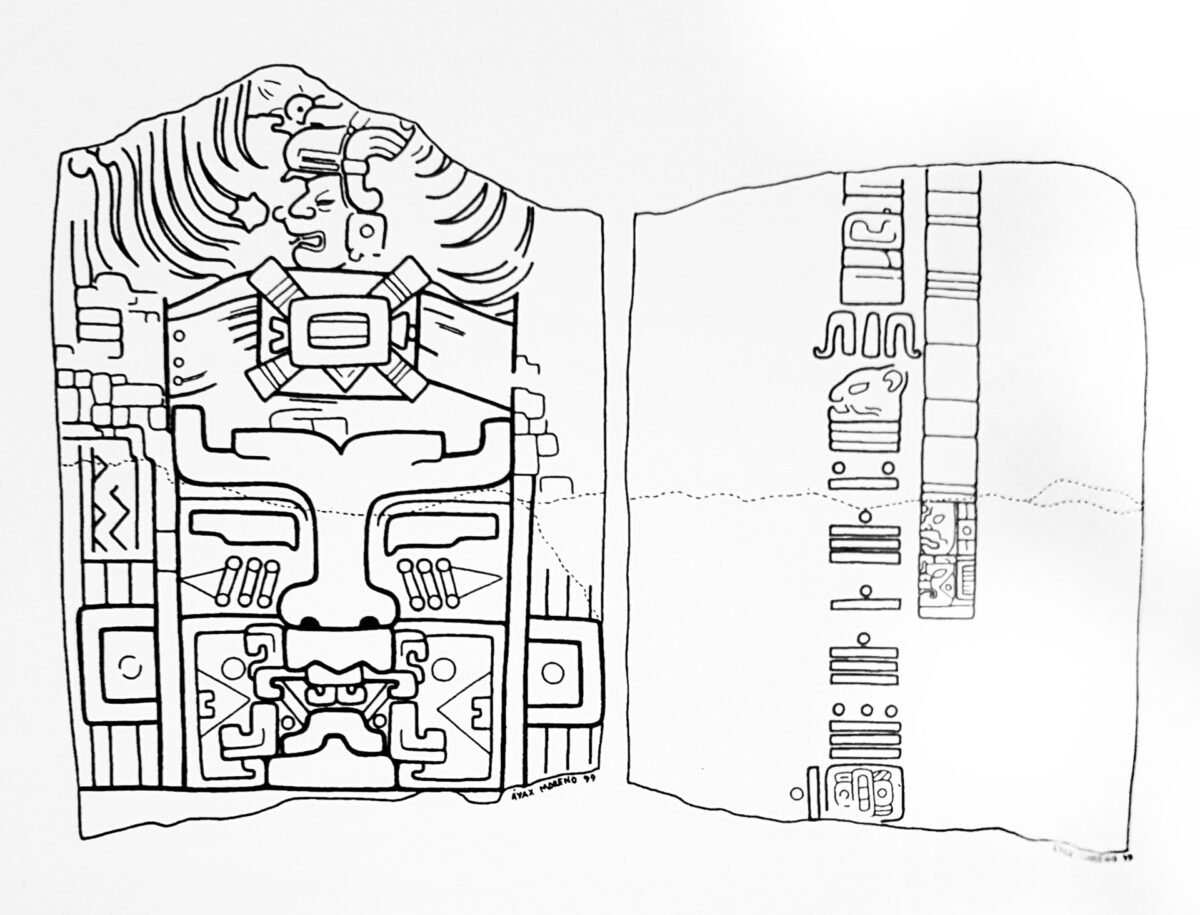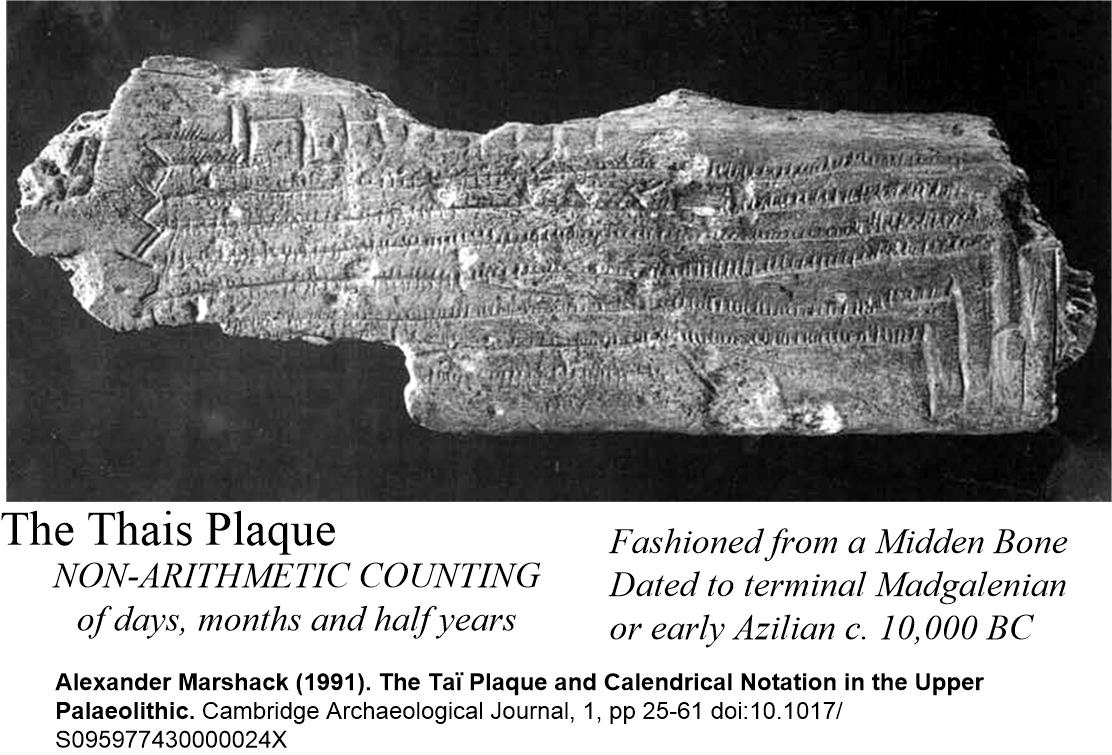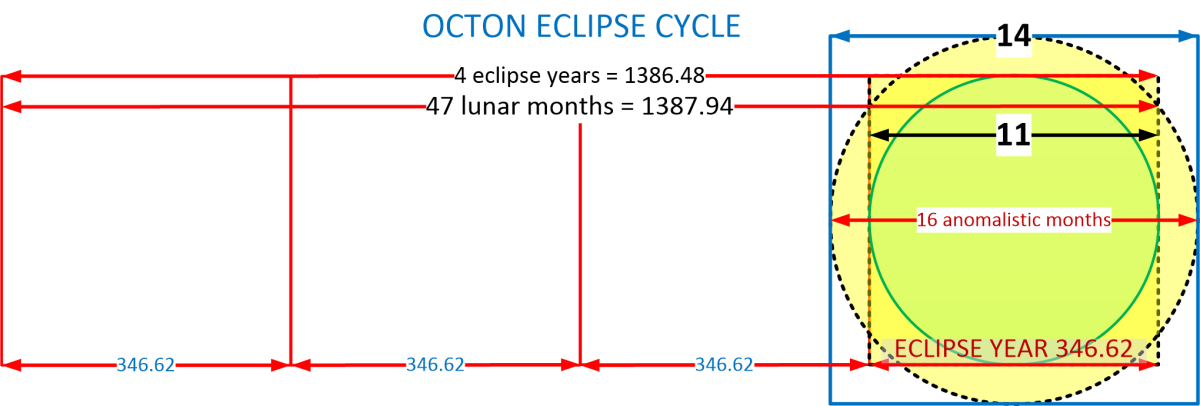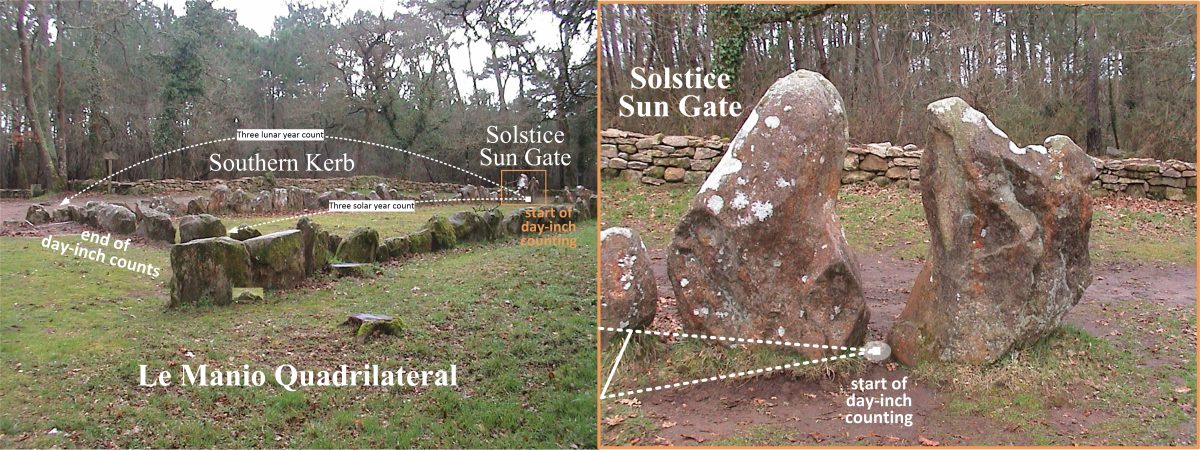ABOVE: Stela C from Tres Zapotes roughly rebuilt by Ludovic Celle and based on a drawing by Miguel Covarrubias.
Introduction
The policy of archaeology regarding the Maya and their root progenitor the Olmec (1500 BCE onwards) is that its cultural innovations were made within Mexico alongside an agrarian revolution of the three sisters, namely squash, maize (“corn”), and climbing beans. This relationship of agriculture to civilizing skills then reads like the Neolithic revolution in Mesopotamia after 4000 BCE, where irrigation made the fertile loam able to absorb agricultural innovations from the northern golden triangle leading to writing, trade, city states, religion, arithmetic and so on. However, the idea that the ancient near east or India could have been an influence through ocean conveyors, of currents and trade winds, has never been accepted when proposed. Yet there are good reasons to think this since the astronomy and monumentalism of the pre-Columbian Mexican civilizations has precedents in the ancient near east and other locations.
The timing of the Olmec and the strangeness of immediately building sacred cities with an almost captive population of around 10,000 people, such as La Venta and San Lorenzo, with strong Jaguar imagery and practices, implies a cultic basis was present from the beginning. And it is now looking likely that the ancient near east was similarly prefigured, not just by agriculture but also by know how involving numbers for the building of sacred buildings with astronomical aspects – a tradition that goes back at least to the megalithic of the Atlantic seaboard of Europe.
Since Columbus, the native populations of North and South America have been largely displaced or marginalized. It may be for this reason that the notion that people from an advanced population had initiated the Olmec civilization requires a high, possibly impossible, level of proof. This Isolationism***, perhaps to avoid “adding insult to injury”, is against the Olmec having derived from the Old World, where the historical records are not that much better. The Olmec origin date is around the time of the quite sudden collapse of the Bronze Age in the Mediterranean around 1200 BCE. And the Olmec, Maya and Aztec appear to have had a definite myth concerning someone called Quetzelcoatl bringing civilizing skills to found their culture, though their culture was also seen as arising from a group of seven underground caves.
***The opposite of Diffusionism: Diffusionism is an anthropological school of thought, was an attempt to understand the distribution of culture in terms of the origin of culture traits and their spread from one society to another. Versions of diffusionist thought included the conviction that all cultures originated from one culture center (heliocentric diffusion); the more reasonable view that cultures originated from a limited number of culture centers (culture circles); and finally the notion that each society is influenced by others but that the process of diffusion is both [subject to chance] and arbitrary . read more
Long Counts and The LUNAR Calendar
Having sketched this background, this article will explore a strange coincidence between the calendrical origins of the Megalithic in Brittany, of a 36 lunar month, 3 lunar year calendar, and the 18 month calendar found in the some of the later Olmec Great Counts, called after the Supplementary Glyphs appended to record the local time in an 18 lunar month calendar. The correlation between long counts and the supplementary data has been invaluable since the long counts can be ambiguous between one or more possible dates but we can predict the sun and moon that far back can compare the glyphs with the alternative dates. Counts have also been found that were eclipses of the sun or moon, resolving a given long count date. It is therefoe interesting to compare the two calendars using the geometrical fact that 36 lunar months is both 2 x 18, 4 x 9 and 3 x 12 since 36 is 4 x 3 x3.

The implication is that the megalithic calendar over three years, which was based upon noticing that three solar years was the diagonal of a four square triangle whose side length is three lunar years, appears to have resulted in an Olmec/Maya calendar in which each square is 9 lunar months. As was noted in previous books (2004, 2016, 2018), the range 9 to 18 years contains a single lunar month {12}, the Jupiter synod {13.5}, the Saturn synod {12.8} and the Uranus synod {12.5}. This octave range between 9 and 2 x 9 = 18 was therefore possible to manifest as a Mexican city design (Teotihuacan) and as the Parthenon of Athens. A number of other examples can be found as one of the proposed major models used from the megalithic onwards, as discussed in Sacred Number: Language of the Angels (2021).
